
Hatyai Hospital is a hospital in Hat Yai, Songkhla Province, Thailand. It is classified as a regional hospital under the Ministry of Public Health, and it is one of two main hospitals operated by the MOPH in the province, the other being Songkhla Hospital. It serves as a referral centre for nearby community hospitals mainly within Songkhla, but also in parts of Pattani and Satun Provinces. It nominally has a capacity of 640 beds, but as is often the case with most regional hospitals, it faces problems of overcrowding and is overcapacity most of the time.

Maharat Nakhon Ratchasima Hospital is the main hospital of Nakhon Ratchasima Province, Thailand and is classified under the Ministry of Public Health as a regional hospital. It is the largest regional hospital in Thailand under the responsibility of the ministry and has 1,478 beds. It has a CPIRD Medical Education Center which mainly trains medical students in the MOPH-Mahidol CPIRD Program of Mahidol University, as well as being an affiliated hospital to the Faculty of Medicine Ramathibodi Hospital, Mahidol University, Phramongkutklao College of Medicine.

Maharaj Nakhon Si Thammarat Hospital is the main hospital of Nakhon Si Thammarat Province, Thailand and is classified under the Ministry of Public Health as a regional hospital. It has a CPIRD Medical Education Center which trains doctors for the MOPH-Mahidol CPIRD Program. It is an affiliated teaching hospital of the Faculty of Medicine, Prince of Songkla University.
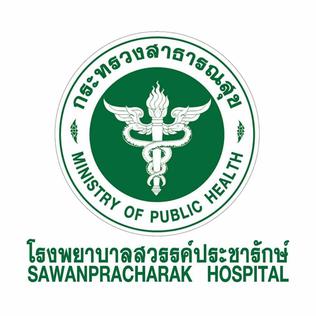
Sawanpracharak Hospital is the main hospital of Nakhon Sawan Province, Thailand and is classified under the Ministry of Public Health as a regional hospital. It has a CPIRD Medical Education Center which trains doctors for the MOPH-Mahidol CPIRD Program. It is an affiliated teaching hospital of the Faculty of Medicine Siriraj Hospital, Mahidol University.

Buddhachinaraj Phitsanulok Hospital is the main hospital of Phitsanulok Province, Thailand, and is classified under the Ministry of Public Health (MOPH) as a regional hospital. It has a CPIRD Medical Education Center which trains doctors of the Faculty of Medicine, Naresuan University. It is an affiliated teaching hospital of the Faculty of Medicine Siriraj Hospital, Mahidol University.
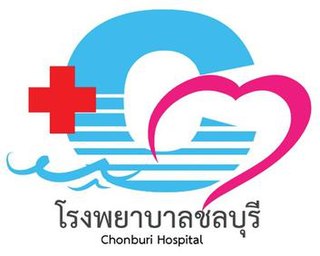
Chonburi Hospital is the main hospital of Chonburi Province, Thailand and is classified under the Ministry of Public Health as a regional hospital. It has a CPIRD Medical Education Center which trains doctors for the Faculty of Medicine of Chulalongkorn University. It is an affiliated teaching hospital of Phramongkutklao College of Medicine.

Buriram Hospital is the main hospital of Buriram Province, Thailand and is classified under the Ministry of Public Health as a regional hospital. It has a CPIRD Medical Education Center which trains doctors for the Institute of Medicine of Suranaree University of Technology and is an affiliated hospital of the Faculty of Medicine Ramathibodi Hospital, Mahidol University.
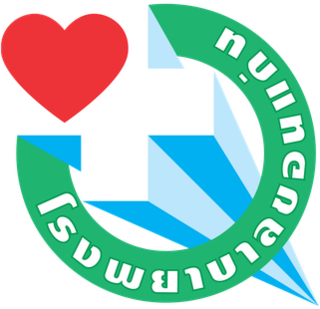
Khon Kaen Hospital is the main hospital of Khon Kaen Province, Thailand and is classified under the Ministry of Public Health as a regional hospital. It has a CPIRD Medical Education Center which trains doctors for the Faculty of Medicine of Khon Kaen University.

Surat Thani Hospital is the main hospital of Surat Thani Province, Thailand. It is classified under the Ministry of Public Health as a regional hospital. It has a CPIRD Medical Education Center which trains doctors for the Faculty of Medicine of Thammasat University. It is an affiliated teaching hospital of the Faculty of Medicine, Prince of Songkla University.

Uttaradit Hospital is the main hospital of Uttaradit province, Thailand. It is classified under the Ministry of Public Health as a regional hospital. It has a CPIRD Medical Education Center which trains doctors for the Faculty of Medicine of Naresuan University. It is capable of tertiary care.
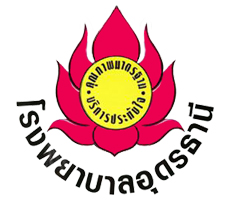
Udon Thani Hospital is the main hospital of Udon Thani Province, Thailand and is classified under the Ministry of Public Health as a regional hospital. It has a CPIRD Medical Education Center which trains doctors for the Faculty of Medicine of Khon Kaen University.
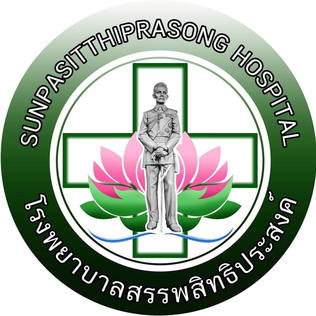
Sunpasitthiprasong Hospital is the main hospital of Ubon Ratchathani Province, Thailand, and is classified under the Ministry of Public Health as a regional hospital. It has a CPIRD Medical Education Center which trains doctors of the Faculty of Medicine, Khon Kaen University and the College of Medicine and Public Health, Ubon Ratchathani University.
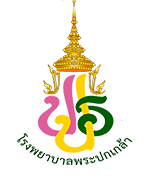
Prapokklao Hospital, sometimes stylised as King Prajadhipok Memorial Hospital, is the main hospital of Chanthaburi Province, Thailand and is classified under the Ministry of Public Health as a regional hospital. It has a CPIRD Medical Education Center which trains doctors for the Faculty of Medicine of Chulalongkorn University.
Nakhon Pathom Hospital is the main public hospital of Nakhon Pathom Province, Thailand and is classified under the Ministry of Public Health as a regional hospital. It is an affiliated teaching hospital of the Faculty of Medicine Siriraj Hospital, Mahidol University and the Faculty of Medicine Vajira Hospital, Navamindradhiraj University.

Sisaket Hospital is the main hospital of Sisaket Province, Thailand. It is classified under the Ministry of Public Health as a regional hospital. It has a CPIRD Medical Education Center which trains doctors for the College of Medicine and Public Health of Ubon Ratchathani University.

Roi Et Hospital is the main hospital of Roi Et Province, Thailand. It is classified under the Ministry of Public Health as a regional hospital. It has a CPIRD Medical Education Center which trains doctors for the Faculty of Medicine of Mahasarakham University. It is an affiliated teaching hospital of the Faculty of Medicine Vajira Hospital, Navamindradhiraj University.

Yala Hospital is the main hospital of Yala Province, Thailand. It is classified under the Ministry of Public Health as a regional hospital. It has a CPIRD Medical Education Center which trains doctors for the Faculty of Medicine, Prince of Songkla University. It is also an affiliated teaching hospital of the Faculty of Medicine, Princess of Naradhiwas University.

Chaiyaphum Hospital is the main hospital of Chaiyaphum province, Thailand. It is classified under the Ministry of Public Health as a regional hospital. It has a CPIRD Medical Education Center which trains doctors for the Institute of Medicine of Suranaree University of Technology. It is also an affiliated hospital of the Faculty of Medicine Vajira Hospital, Navamindradhiraj University. It is capable of tertiary care.
Banphaeo General Hospital, is a hospital located in Ban Phaeo district, Samut Sakhon province, Thailand. It is operated as a public organisation under oversight of the Ministry of Public Health (MOPH) and is the only hospital in Thailand be run in this manner. It is also an affiliated teaching hospital of the Faculty of Medicine Siriraj Hospital, Mahidol University.






















